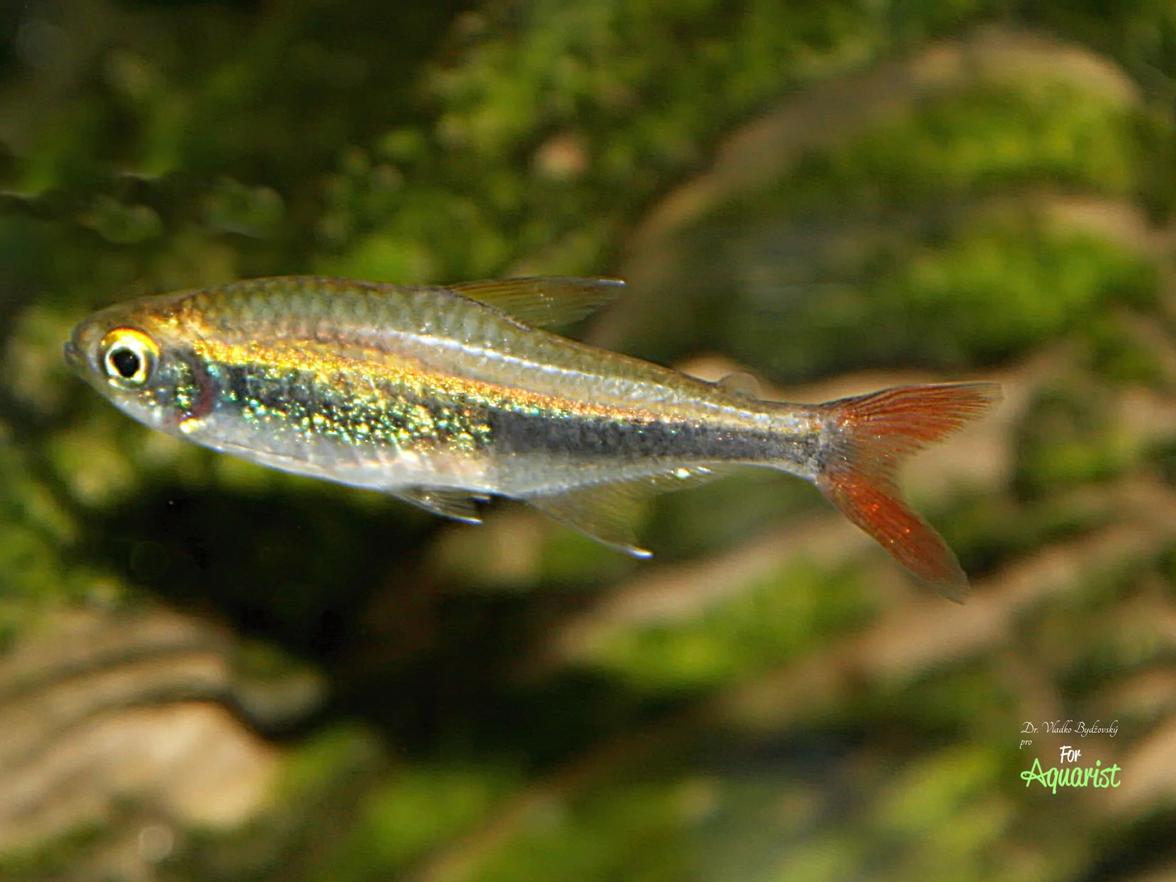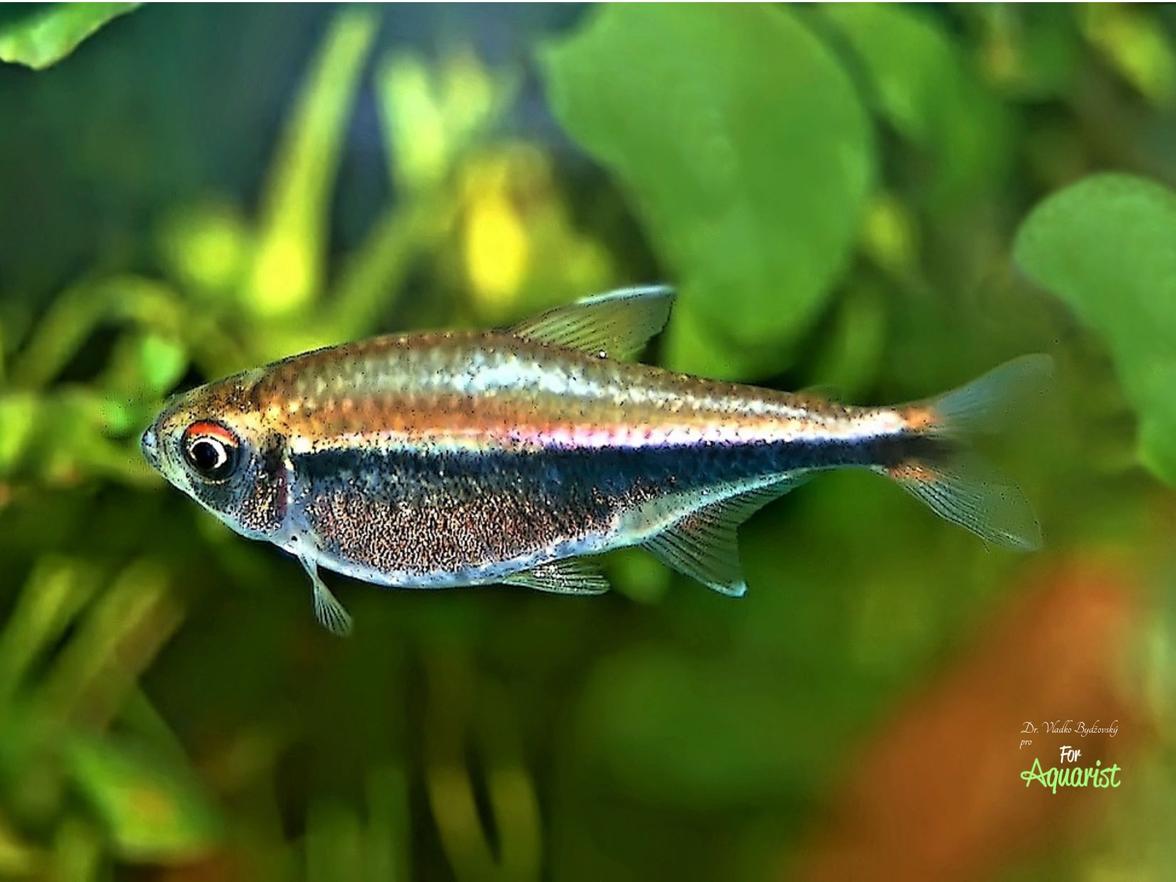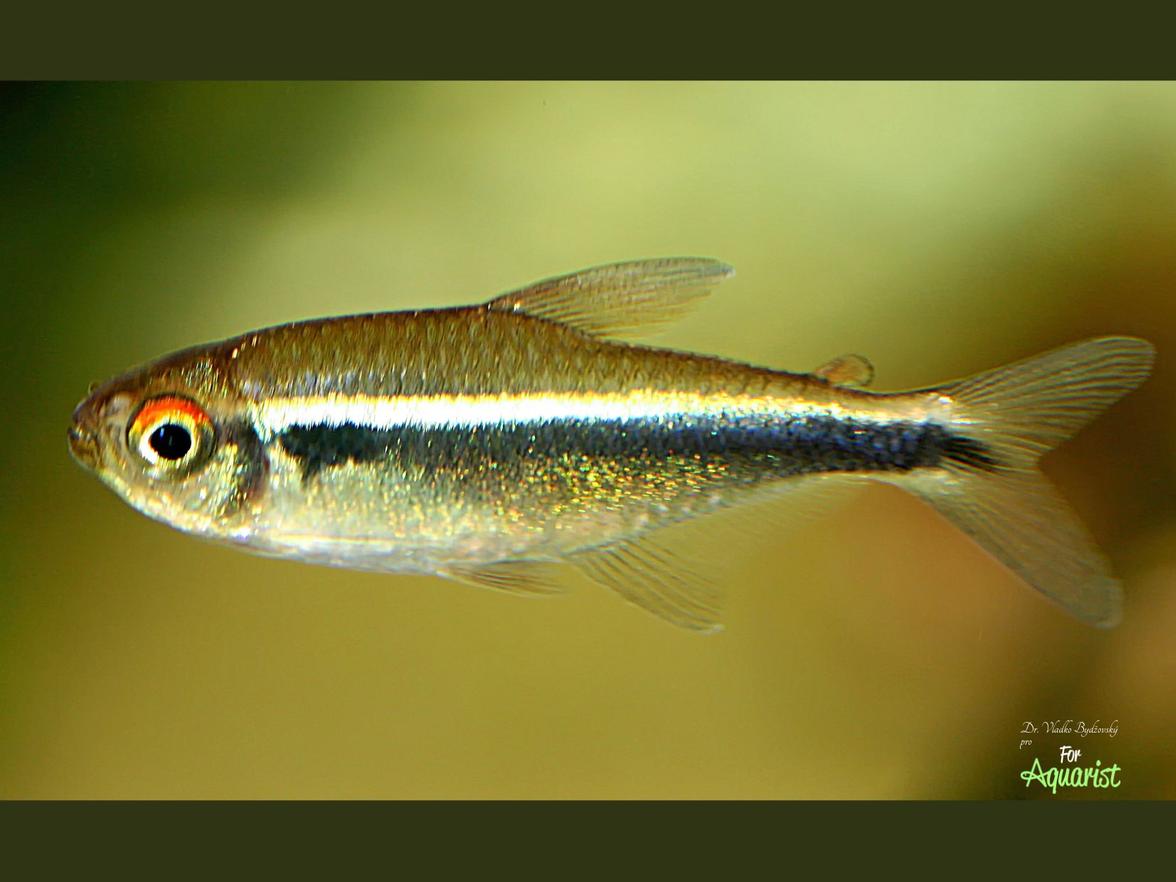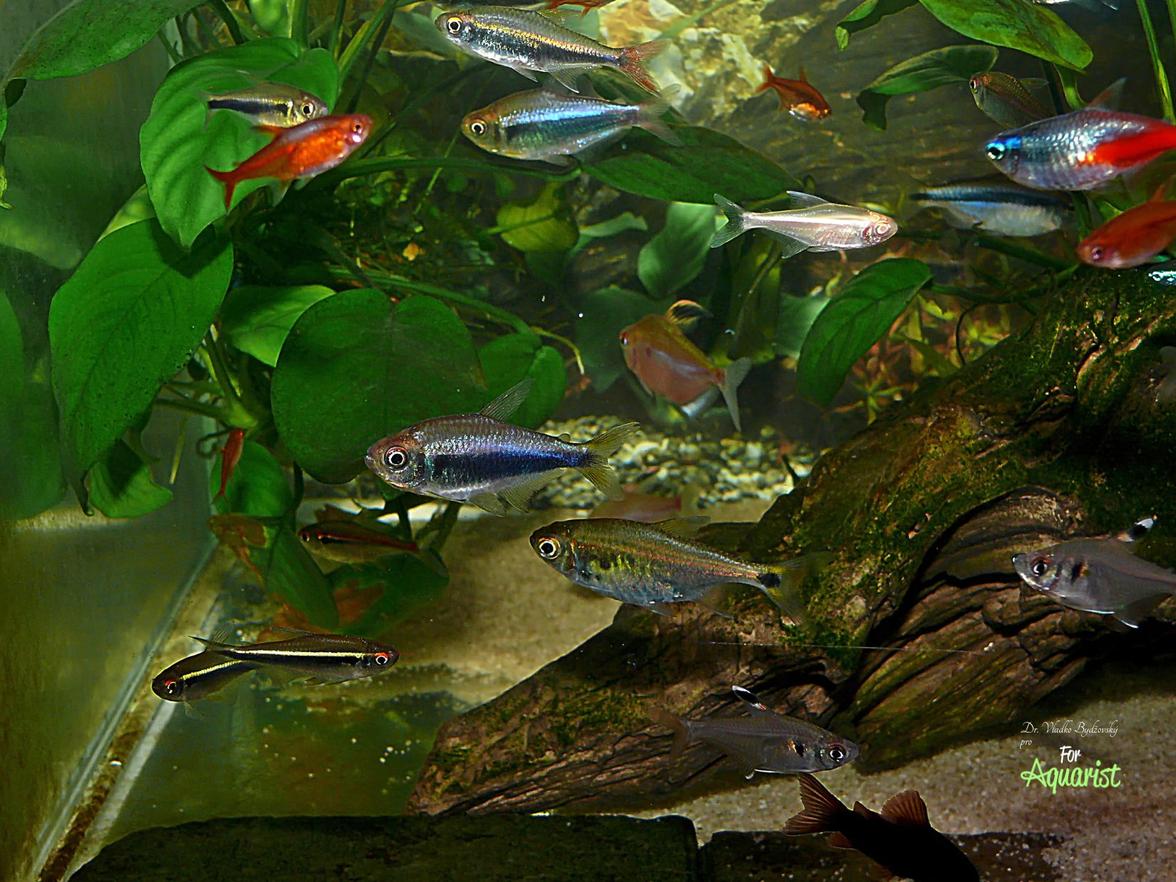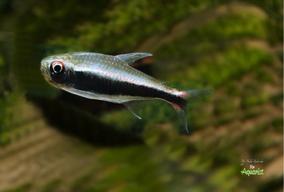Not all ornamental fish receive the attention they deserve. Among the overlooked is the loreto tetra (Hyphessobrycon loretoensis) – elegant, calm, and ideal for community aquariums, yet with almost unknown breeding behavior. While some related species have been successfully bred in captivity, this fish from the Peruvian Amazon remains a mystery. Nevertheless, it is not without hope – its breeding can be a challenge and a trophy for patient aquarists.
Over the years, thousands of interesting articles have been published in aquarium magazines around the world. In them, breeders and aquarists have been eager to boast about their breeding successes. For many fish, however, this is not the case. For example, many species, such as the "bleeding heart" group of tetras (Hyphessobrycon erythrostigma, Hyphessobrycon socolofi, Hyphessobrycon pyrrhonotus), are the pride of every community aquarium, yet we still know very little about their reproduction. The same applies to the Loreto Tetra. Beautiful, but a mystery.
Habitat
There are more than 2,000 species of tetras, and for many of them, we know even the finest details of their natural environments. However, reports of this kind about the Loreto Tetra are very scarce. Aquarium literature has largely overlooked this species. It is known to occur in the waters of the upper Amazon in Peru, just across the Brazilian border near the Colombian city of Leticia. This fish shares many traits with Hyphessobrycon peruvianus, a species described by the same author in the same year that lives slightly further west. GÉRY emphasizes its close relation to the species Hyphessobrycon metae and Hyphessobrycon herbertaxelrodi.
Three Similar but Rare Tetras
Very similar to the Loreto Tetra are the Meta Tetra (Hyphessobrycon metae EIGENMANN & HENN, 1914) and the Peruvian Tetra (Hyphessobrycon peruvianus LADIGES, 1938). The latter lives in the waters around Iquitos in northern Peru. Growing to about 4 cm, this fish is easy to care for, but its reproduction is the real challenge, which is why the species is so rare in European aquariums. The other species, which is somewhat larger at up to 6 cm, I received from my long-time friend Hans Gruber (Lambach). At that time, it was a true rarity in the local hobby. The fish comes from eastern Colombia, from the Rio Meta basin, after which it was named.
Characteristics
The Loreto Tetra and its close relatives are very peaceful, sociable, shoaling fish suitable for medium to large community aquariums alongside smaller, calmer tetras. They are ideal fish for aquarists who want an attractive display with minimal fuss. The fish mostly inhabit the upper third of the tank, though they will also use the middle layers depending on the décor.
Sexing
As is typical for tetras, males are smaller and slimmer, while females are larger, fuller-bodied, and often slightly paler in coloration.
Conditioning for Spawning
Ideally, one should acquire young, half-grown specimens and raise them to maturity yourself. The chance of eventual breeding success is greater than if you order fully grown adults. I use a 100-liter (approx. 25-gallon) aquarium, heavily planted, with a fine sand substrate (grain size about 3-4 mm), which is kept clean by small Corydoras catfish. A root or its ceramic imitation is also an ideal addition, as the fish often congregate around it. Good tankmates include Emperor Tetras (Nematobrycon palmeri), Royal Tetras (Inpaichthys kerri), Black Neon Tetras (Hyphessobrycon herbertaxelrodi), and Neon or Cardinal Tetras (Paracheirodon innesi, Paracheirodon axelrodi). Softer water is preferable, up to about 10°dGH, with a temperature of around 23-24°C (73-75°F). About twice a week, I change 10-20 liters of water. The water quality has been maintained for 30 years by a flawlessly running Eheim internal filter.
Feeding
The staple diet for these tetras should be live foods, primarily fine plankton. Once a week, it is ideal to add daphnia or black mosquito larvae, supplemented occasionally with high-quality flake food. They should be fasted one day a week. As omnivores, they readily accept dried or artificial foods, but if you want to keep them vibrant, well-colored, and in peak condition, nothing beats a varied diet of live food. This can easily be supplemented with brine shrimp nauplii (Artemia salina) and fine frozen foods.
Spawning Attempts
STALLKNECHT (1994) states that its reproduction is similar to that of the Dwarf Tetra (Hyphessobrycon nana), but I am not aware of any reliable reports of successful, let alone repeated, spawnings. I did have good experiences with Meta Tetras (Hyphessobrycon metae), for which I used small, all-glass tanks measuring 25x15x15 cm. The bottom was covered with a standard spawning grid. At that time, I did not use my favorite Java Fern (Microsorum pteropus), but rather Anacharis (Egeria densa). It occurred to me that it is a South American plant that might also absorb minerals from the water. So, why not try it?
I always introduce pairs into the breeding tanks in the evening after they have been fasted the day before. As a rule, I do not use aeration, which not only disturbs the fish but also alters the water chemistry in soft water. I used water from a stream 20 km away with parameters of only 2°dGH and a conductivity of 60 µS/cm, at a temperature of 26°C (79°F). With the three pairs I set up, spawning occurred between the second and third day, with the number of eggs ranging from 100-150. However, the Meta Tetra is very reluctant to spawn in single pairs. As a first food for the fry, I used infusoria, followed by fine powdered food, on which the fry grew very quickly. Back then, I could afford to feed them in small portions 2-3 times a day. I regularly siphoned any uneaten food from the bottom. I also tried preparations like Liquifry and Protogen, but I must say that nothing beats natural food. I attempted to spawn the Loreto Tetra in various small breeding tanks (5-10 l) in pairs, and also in a 40-liter tank using a whole shoal of three pairs. I tried water with and without peat extract, but unfortunately, I could not induce the fish to spawn.
Therefore, its reproduction remains a big question mark, but at the same time, a challenge for the next generation of breeders to attempt. This fish definitely deserves it.
Image Captions:
- The male Hyphessobrycon loretoensis is always smaller and slimmer than the female.
- The female Hyphessobrycon metae.
- The male Hyphessobrycon peruvianus.
- The male Hyphessobrycon herbertaxelrodi.
- A community tank – ideal for keeping with smaller, peaceful tetras.
